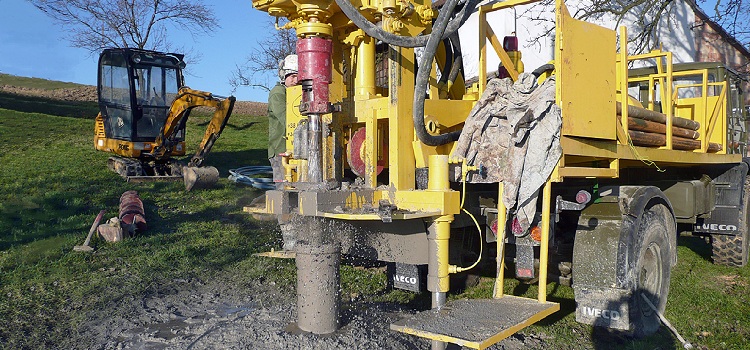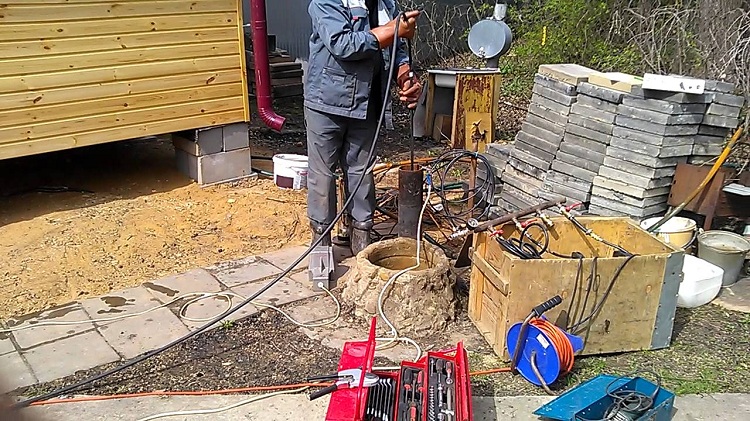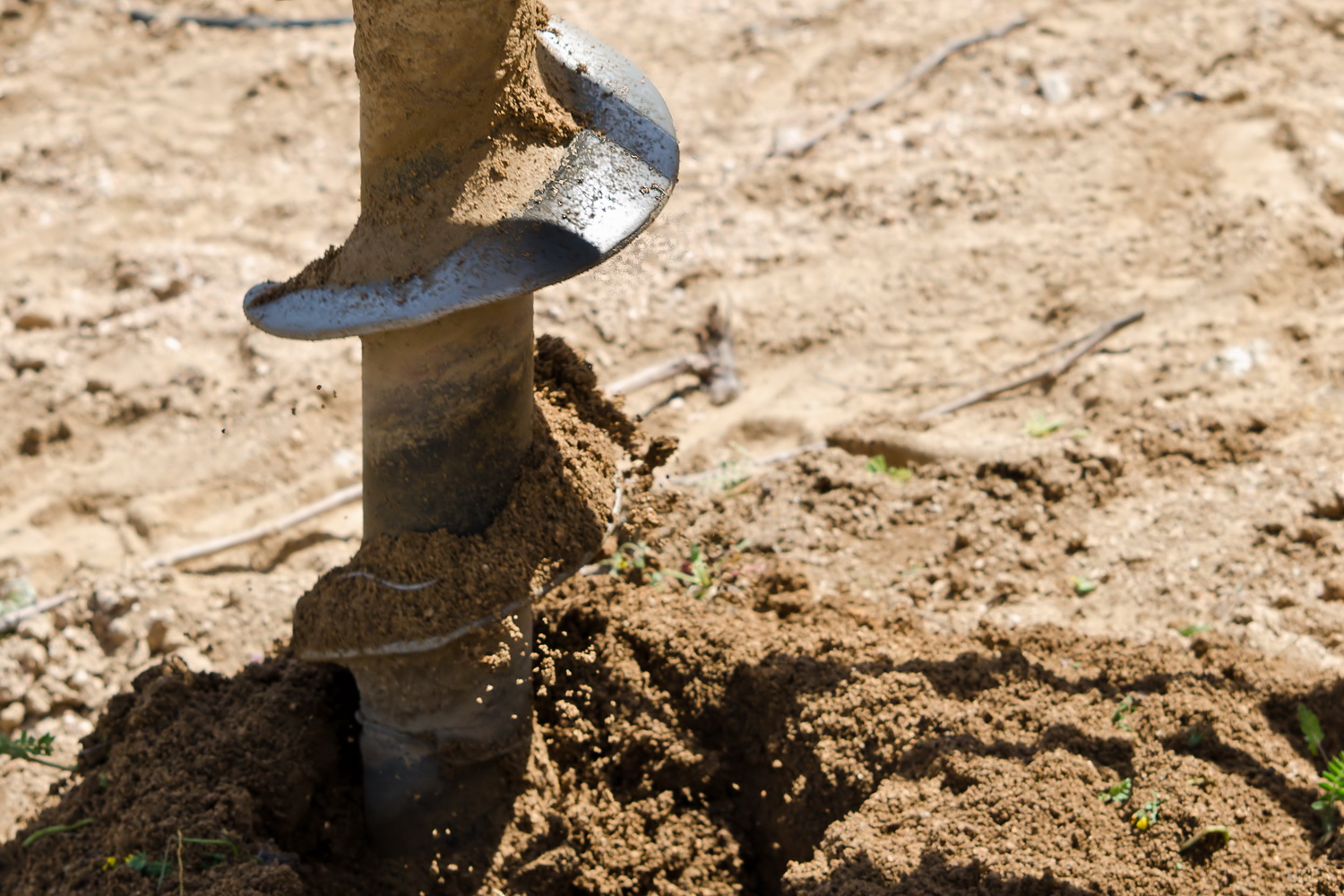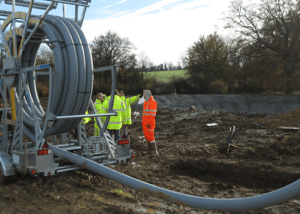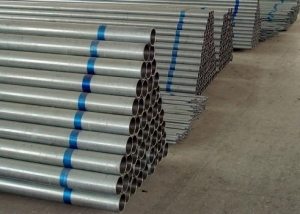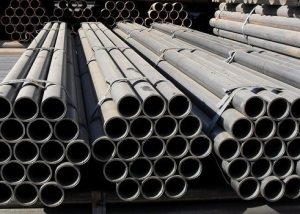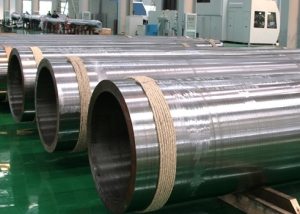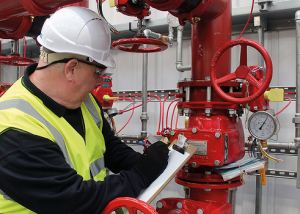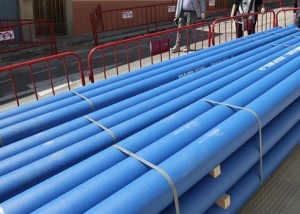Private buildings remote from the city cannot be connected to the central water supply system. Therefore, the owners are forced to dig a well or drill a well under water. The first option is the easiest. But since the well is fed by water, pollutants may be present in the water. Well is a worthy alternative. After all, it feeds on an aquifer, which lies at a depth to which the upper waters do not penetrate.
Content
Types of wells
The classification of these structures is based on the following criteria:
- occurrence depth;
- sinking method;
- design design of the drill.
In general, wells are exploratory, filter (for sand), deep (artesian), industrial, and others. A feature of such structures is that they are formed mainly by the rotational method of drilling.
Sand wells. These water sources are most often equipped for personal use. They are called so for the reason that the drilled trunk reaches a layer of aquifer, from where, in fact, water is extracted. Below the sand layer is a waterproof clay layer.
Such sources are characterized by a relatively shallow depth - 10 ... 50 meters. However, there are exceptions.
Important! Geological features are a key factor determining the actual occurrence of an aquifer.
Of the advantages of a sand well, experts distinguish:
- good quality of water, because, passing through the soil, it is filtered;
- the amount of water, as a rule, is enough for a house with its average consumption;
- sand drilling for water is carried out in a short time. You can install the filter, as well as the pump and start using water in a couple of days;
- reasonable cost of the whole complex of works, from drilling to completion;
- sand well does not require licensing.
However, making a choice in favor of such a water source, it should be borne in mind that its service life does not exceed 15 years. Another point - the trunk is subject to siltation. Therefore, it must be cleaned regularly.
Artesian wells. Wells of this type have their own characteristics. Firstly, their depth reaches 220 meters. This implies secondly: the drilling of deep artesian wells for water can last up to 2 weeks. And thirdly, the diameter of the barrel as it goes deeper can change downward. The value of this parameter depends on the characteristics of the soil.
The advantages of artesian water wells include:
- high performance. Therefore, several farms can use one well at once;
- the trunk is not subject to siltation. Therefore, it is not necessary to clean it regularly;
- long service life - up to 50 years.
Common Manual Drilling Methods
Currently, several methods of well construction have been developed and are successfully applied. There are two types of them: manual and mechanical. The first technology is used to create shallow wells.At the same time, there is no need to use expensive equipment for drilling on water with your own hands. And although this method requires a lot of labor, many homeowners, trying to save as much as possible, prefer it to him. Let's consider methods of independent drilling in more detail.
1. The screw method. It is used to drill wells in shallow water. The essence of this method is the destruction of the soil with its subsequent transportation to the surface by auger blades. Such a technology, in turn, is of two types:
- the use of a screw with blades welded to the base at an angle of 90 °. The soil is cut, crushed and carried out all the same blades.
Important! The main disadvantage of this method is that soil that has fallen into it must be extracted from the well.
- the use of a screw, the blades of which are welded to the base at an angle in the range of 30 ... 70˚. The advantage of this technical solution is that pieces of soil do not fall inside the well. The device also cuts the soil, but transports it up in an unmilled form. Self-drilling of wells under water using this technology is performed on gravel and loamy soils.
2. Core drilling. This method involves the use of a special tool - a pipe, at the end of which a core crown is mounted, equipped with sharp cutters made of durable metal. Rocky superhard rocks are first broken with a bit, and then a bit is drilled with a crown and the sludge accumulated in the core pipe is lifted up.
The crown rotates with the pipe and at the same time goes deeper into the ground, as a result of which a well is formed with a diameter corresponding to the section of this part. Sludge rises to the surface with the projectile. "Glass" is freed from the rock by blows of a heavy sledgehammer. Manual drilling of wells for water in this way involves the supply of clean water or with fragments of clay. Thanks to this, the walls of the hole are strengthened, and the possibility of their collapse is minimized.
The upper part of the core pipe is equipped with fixing devices, with the help of which the rods are extended. Extension is a multi-step procedure. After deepening the first section of the pipe, a new meter-long rod is attached to it from above. Then the actions are repeated. Using this principle of drilling water wells allows you to create a trunk of the required depth. The technological column is formed from the shell itself and the rods. It is very important to achieve a more durable connection of pipes and glass. It is necessary to exclude the presence at the attachment points of noticeable play and unwanted movements.
3. Shock-rope method. It is supposed to use a tripod. Its height is about 2 meters, and this device is being built directly above the drilling site. A block is mounted at the top of the tripod. A cable is thrown through it, at the end of which a bailer is fixed. The tool lowers into the well and rises to the surface with a cable. The bailer is cleaned of sludge through a technological hole located half a meter from its lower frame.
Self-drilling by a shock-rope method of a well into water is the lifting of a drilling tool to a height allowed by a tripod, after which it lowers under the force of gravity to a previously defined area. The rock breaks, and its debris is captured by a cutting-grabbing attachment attached to the lower edge of the pipe - the aforementioned bailer.
Note! You can hear the claims of some craftsmen that it is not necessary to erect a tripod to drill water wells with this method with your own hands. But, as practice shows, this approach is associated with excessive physical costs of builders, and is possible for depths of up to 10 meters.
4.Manual rotary drilling of wells for water. In this case, the trunk is formed using a drill, resembling a large drill. Rotating, it makes a vertical channel in the soil, reaching the aquifer. Such a helical device is effective when drilling wells manually on water in gravel and loamy soils. When loose and sandy soils are present at the site, the well is laid using a drill-spoon, which is a cylinder with holes in the form of a spiral.
Of the minuses of manual drilling, it is necessary to highlight:
- low water pressure;
- slow work;
- slight deepening.

Manual drilling is a very time-consuming exercise that often requires the participation of several people
Mechanical methods
The implementation of mechanical methods of drilling wells for water involves the use of special equipment and expensive heavy equipment. Of their varieties, the rotary-rotor technology of mechanical drilling of wells for water is most widely used. Here cone bits are used, therefore this method belongs to the category of coreless. Of particular importance in its implementation is the issue of timely removal to the surface of the rock, destroyed throughout the volume of the face. Speed combined with cost-effectiveness are the main advantages of mechanical drilling methods. However, they may not work with all breeds. Below are briefly presented only some of these technologies.
1. Drilling on water with a purge (flushing). This type of rotary-rotary drilling is actively used in the arrangement of artesian wells. When driving the upper layers of the soil using a clay aqueous solution, while the sinking of the limestone layer is performed using clean water. Wash fluid solves the following tasks:
- creates pressure on the productive horizon;
- reduces friction;
- fixes the walls of the well during work;
- displays destructible rock.
Flushing fluid circulation is provided by a compressor or pump or both units. There are two types of flushing: direct and reverse. In the first case, the flushing agent is pumped into the inner cavity of the pipe, and up through the so-called annulus. When backwashing, everything is done exactly the opposite: the flushing agent is pumped into the annulus, and out directly through the pipe. The washing method is selected taking into account the results of geological studies and well parameters.
Good to know! A flushing agent, along with performing its main function of transporting the rock to the surface, helps to determine the production rate of the well being created (the forecast is made taking into account the degree of absorption of the solution).
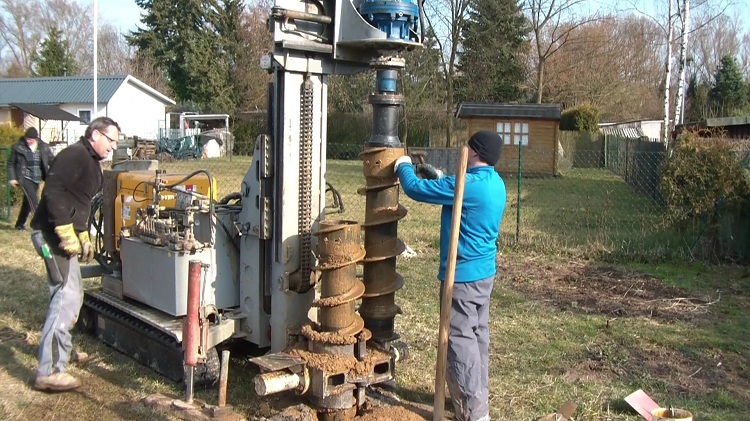
Mechanical drilling allows you to work with almost any type of soil and reach an aquifer located at great depths
Reverse circulation is often used when it is necessary to drill a large well with a large conductor diameter and casing pipe, and sinking is carried out in unstable rocks. Purging is the same flushing, only gas acts as an agent (the well is flushed, not washed).
2. Mechanical rotary method. This method is focused on the construction of artesian or other deep wells. It involves the use of heavy equipment - drilling units mounted on the basis of trucks ZIL, MAZ, KamAZ and Ural. The rock is destroyed by a rotating chisel. The torque created by the motor (it can be a marching engine of the car or mounted on a separate platform) is transmitted to the rotor, which rotates the drill pipe.To increase the load on the face, the following technical solution is implemented: the cone bit is connected not with an ordinary bit, but with a weighted steel drill pipe.
Tips for choosing a place to drill water in a house
In order to provide your home with quality water, it is necessary to approach the issue of choosing the source construction site taking into account the recommendations of specialists. In a generalized form, they sound like this:
- The most suitable option is the highest place of the infield. If a well will be created under water with your own hands in the lowland, rain and melt water will flood the caisson and fall into the trunk. And this will lead to water pollution and its infection by pathogens
- Avoid construction of wells near pollution sources - livestock farms, septic tanks, cesspools, garages, etc. Regulatory documents in this regard state: the distance of wells from such objects should be at least 50 meters. True, it is allowed to reduce this distance to 30 meters. Numerous inspections have shown that even at such a distance from sources of pollution, the water in the house will be clean.
- Check if there are any potentially dangerous objects in the neighbors' area. It will also be useful to ask about their plans for the future. It is possible that they are going to establish an animal enclosure near the site of the planned construction of the source.
- It was said above that there are different ways of drilling wells for water. If heavy equipment is supposed to be used, it is necessary to ensure its access to the place of work. In this case, the minimum width of the passage is considered to be 3 meters. Sufficient space is also needed above the ground: the height of the drill mast can reach 10 meters.
- In the basement of a newly built house, drilling a well is not recommended. At the end of its construction, maintenance of the source will become impossible, since a free space of at least 7 meters in height should be available above the well.
Regardless of the milestones of the above methods of drilling wells for water, it will be cheaper to carry out these works in the winter, when a sufficiently high occurrence of water is recorded. But here you need to understand that in the summer, and even more hot, the owners of the house may be without water supply.
There are cases when the hydrogeological characteristics of a particular area are poorly studied. Then the choice of the type of source is recommended taking into account data obtained from the opening of the aquifer by an exploratory well. Although the total amount of costs will increase, there will be no problems with water in the future.
